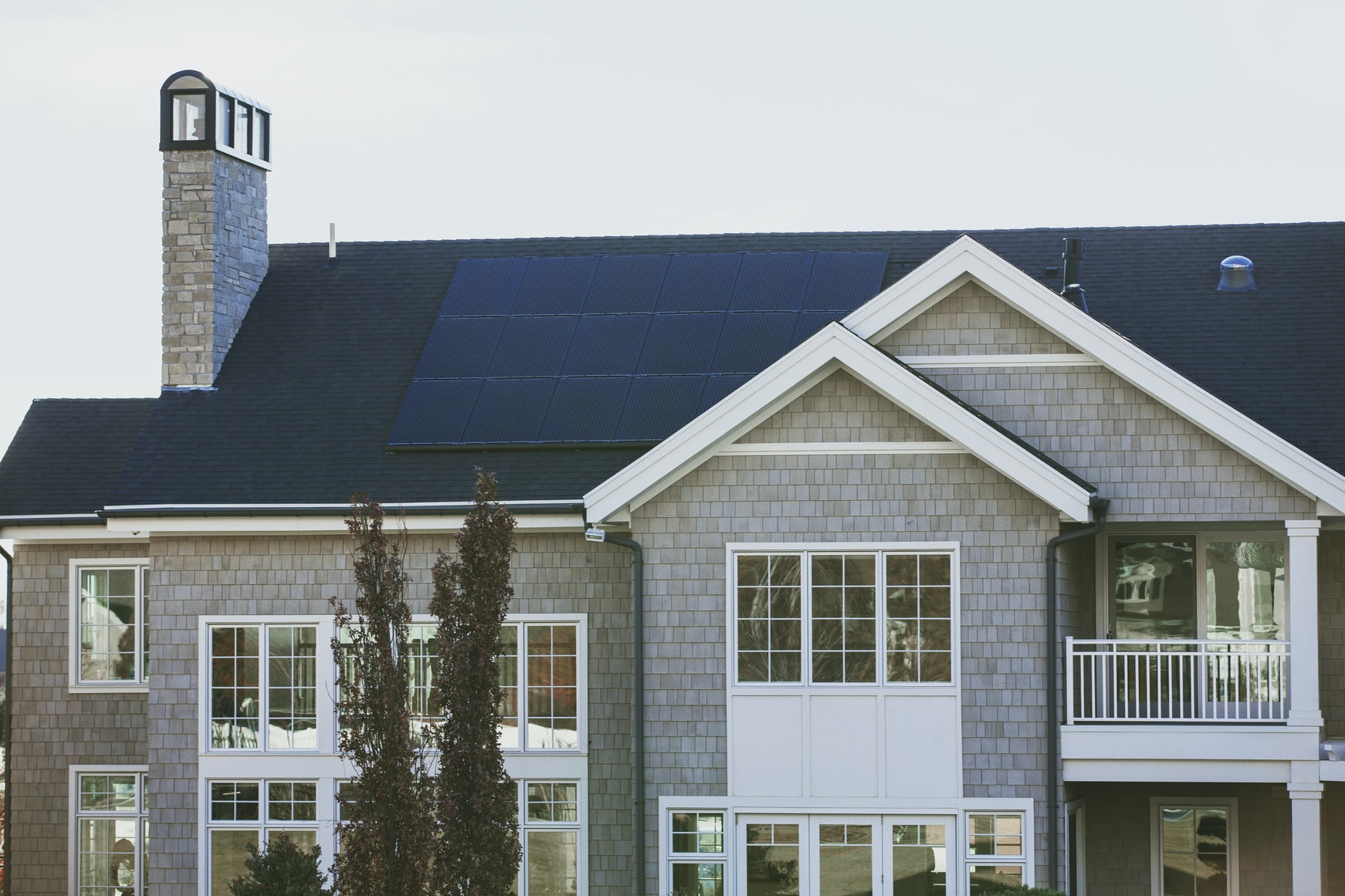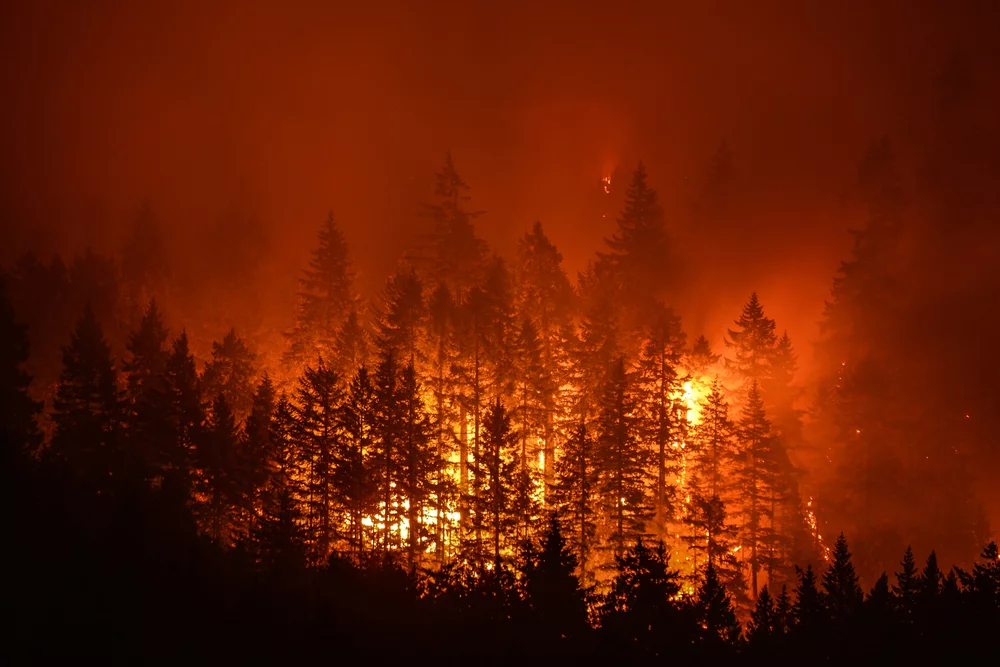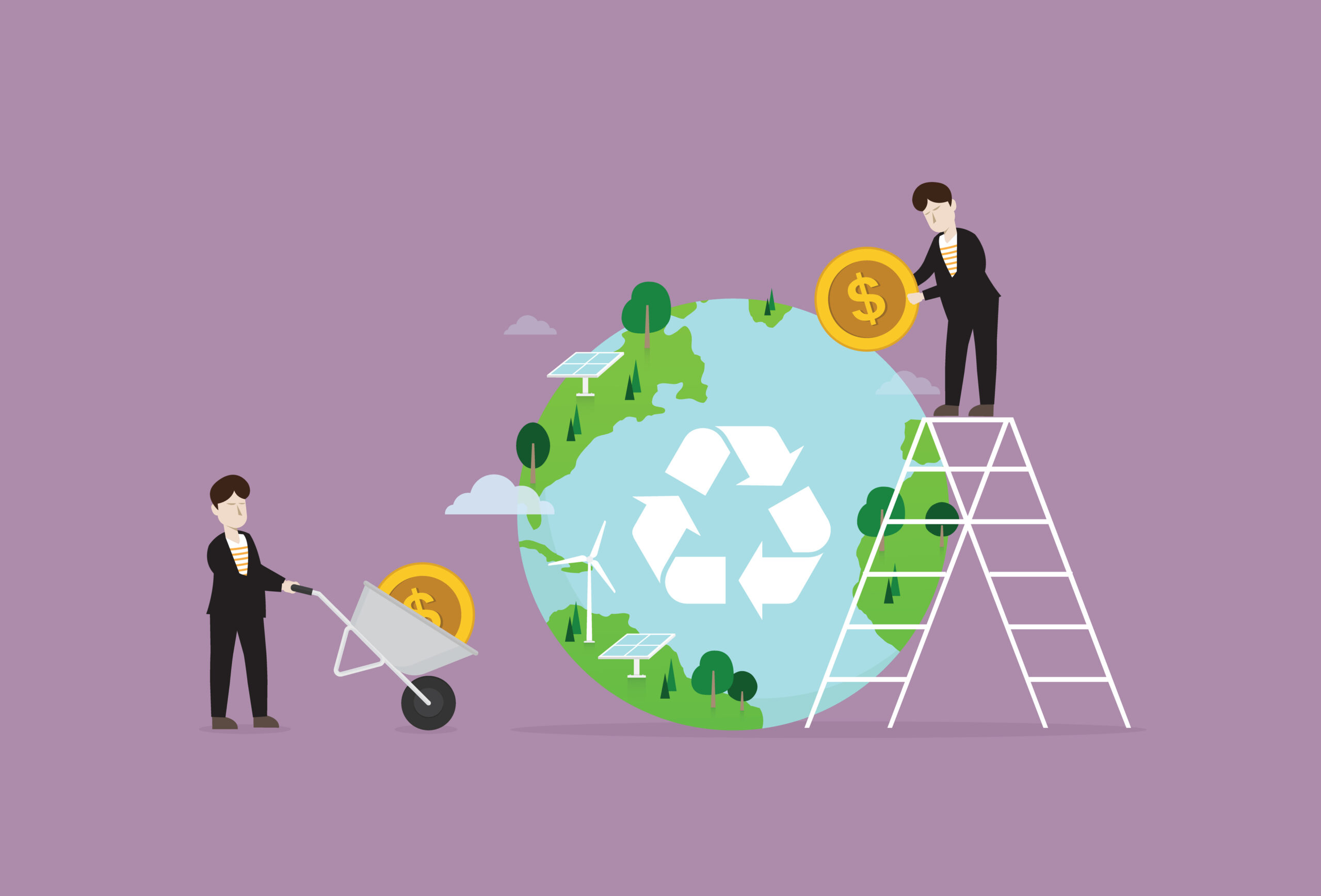For many, it’s easy to take the energy that powers your home for granted. With light at your fingertips, it’s easy to forget that just a few centuries ago, even basic illuminants were difficult to come by. By the 17th century, Britain faced a tree shortage, which was their primary means of producing light and heat. These pinch points are common in history and have led to many innovations over time. For the British, that meant a transition from wood to coal, which eventually led to the industrial revolution. This evolution of fuel sources has evolved as a balance between supply and demand and has produced an increasingly diverse energy portfolio. Distributed energy resources (DER) reflect not only that diversification in power generation but in the decentralization of where power is generated and how it is distributed.
What is the Grid?
To understand distributed energy resources, you have to understand what the grid is. In the U.S., the grid was started in 1882 by Thomas Edison. Edison established the first utility company, which utilized direct current to provide electricity for customers in Manhattan. Eventually converting to alternating current, the U.S. grid grew to encompass the entirety of the country, with individual utilities coming together as they were created. The grid is powered by a variety of means, with the majority of electricity generated by burning fossil fuels like coal and natural gas. Fossil fuels dominate the market in part because the infrastructure was built around it, although distributed energy resources are already playing a part in shifting how power is generated.
A Brief History of Coal
Coal has been used for heating since the dawn of humanity. Coal is a fossil fuel that is formed by pressure and heat on the remains of primitive plant life. Because of the process required to create coal, it is not considered a renewable resource. Determining how much coal is left is a difficult task. As of a 1974 geological study, the U.S. had 4 trillion short tons; as of 2021, there are an estimated 252 billion short tons of recoverable reserves. Unfortunately, despite the great potential that coal offers, it also produces many airborne toxins and pollutants. Because of that, it is a leading cause of escalating man-made climate change.
Still, it wasn’t until the 18th century that the English began to employ coal as their primary fuel source. Coal took off further during the Industrial Revolution to power everything from factories to the steam engines that dramatically enhanced the national and international supply change. Now, coal is the most abundant fuel in the U.S., with half of all states producing. Between the Industrial Revolution and the abundance of coal, the U.S. infrastructure is largely predicated on coal, although that number continues to diminish.
A Diversifying Energy Portfolio
Coal has remained king both because of its energy potential and availability. Furthermore, replacing the existing power grid represents an extraordinary cost to the public. This means that, even if a new fuel source that was more abundant and cleaner were discovered tomorrow, a massive infrastructural change would be required to put it to work and those changes are expensive. The advantage of a distributed energy resource is that it doesn’t immediately replace coal or any other specific resource in the grid, but rather evolves the grid to smaller, more scalable solutions.
What is a Distributed Energy Resource?
As stated above, distributed energy resources (DERs) are technologies that comprise and compliment the personal energy ecosystem. Examples of DER technologies include battery storage, wind generating units, electric vehicle (EV) charging, rooftop photovoltaic solar, and smart home appliances such as thermostats. These technologies are modular and smaller than conventional means of generating electricity like power plants. Distributed energy resources offer an opportunity for utility providers to mitigate, minimize, and in some cases remove the need for additional power generation during days of peak usage. DERs can lower emissions and help utilities achieve 100% carbon pollution-free electricity objectives by 2035 in the U.S.
The Value of DERs
There are many reasons that DERs are beneficial, from environmental benefits to a stronger electrical grid. Let’s look at how distributed energy resources help individuals, the environment, and enhance grid security.
Reduced Costs
Utilizing distributed energy resources into the grid offers immediate solutions to load shape during times of peak usage. Utility providers can enhance their program design by employing DER technologies to offset the need for peaker plants used during times of high demand. For utility providers who do not generate power like co-ops, DERs are a cheaper source of energy to purchase for customers looking for the most affordable option. Finally, because DERs are healthier for the environment, they limit fees and taxes that involve carbon emissions.
Lower Emissions
Because distributed energy resources are largely produced by renewable energies, they offer an exponentially lower carbon footprint than fossil fuels. With a distributed energy resource, the positives outweigh the negatives. Solar has the potential to provide 80% of the energy needed for heating and cooling in the U.S. Since distributed energy resources include rooftop solar and wind, the technology is a net positive to the environment and integral in helping to realize decarbonization efforts.
Continuity of Service
Another benefit that distributed energy resources provide is an improved continuity of service. Utility companies want your power to stay on. Any break in service is a break in the revenue stream, which simultaneously decreases customer satisfaction. There are four ways that power can go out, including distribution, transmission, and supply failures, as well as public safety power shut-offs and planned outages. Aside from the aforementioned intentional outages, the other failure types are either infrastructural or an act of nature. Distributed energy resources offer an opportunity to mitigate unnecessary outages as a stop-gap during peak hours, as an affordable alternative supply source, and as a renewable resource.
– Syd Bishop, Sr. Content Specialist, Virtual Peaker
The Power In Your Hands
Distributed energy resources give individuals the opportunity to contribute to the greater good. DERs decentralize the grid, by combining individual power sources to help the community at large. This is useful not just to individual homes, but in providing a diverse array of potential resources for utility providers looking for novel ways to produce power during times of peak demand.
Obstacles to Adopting DER Technologies
There are multiple obstacles to the widespread adoption of distributed energy resource technologies, from access to WiFi to the artificial intelligence needed to coordinate the conglomerate of devices, to the day-to-day logistics. Aging infrastructures around the world present a profound challenge to utilities. In 1000 Barrels Per Second, energy sources’ history was tracked from wood to spermaceti to petroleum and electricity. Fortunately, during the transition from oil-based fuel sources to electricity, the infrastructure supported the change in the bulb from gas lamp to lightbulb with very little adaptation if any.
What Are DERMS?
While infrastructural changes present the basic attention to rubber-hits-the-road logistical challenges, there are technological hurdles to clearing the assortment to bring your own devices (BYOD) gear. That’s where distributed energy resource management systems (DERMS) come into play, as a software platform with algorithms that put that variety of devices in communication with one another. DERMS helps utility providers to engage a community of BYOD programs by connecting each to the cloud. From there, DERMS tech can help establish demand flexibility events and more, conglomerating individual devices into a communal grid.
Distributed Energy Resources Conclusion
Studies indicate that distributed energy resource technologies will increase by 75% by 2030, and for good reason. DERs are clean, efficient, and easily connectable to the grid. DERs represent a smooth and easy transition from fossil fuels to renewable energies while decentralizing the grid. How have DERs helped you? Sign off in the comments section below.






